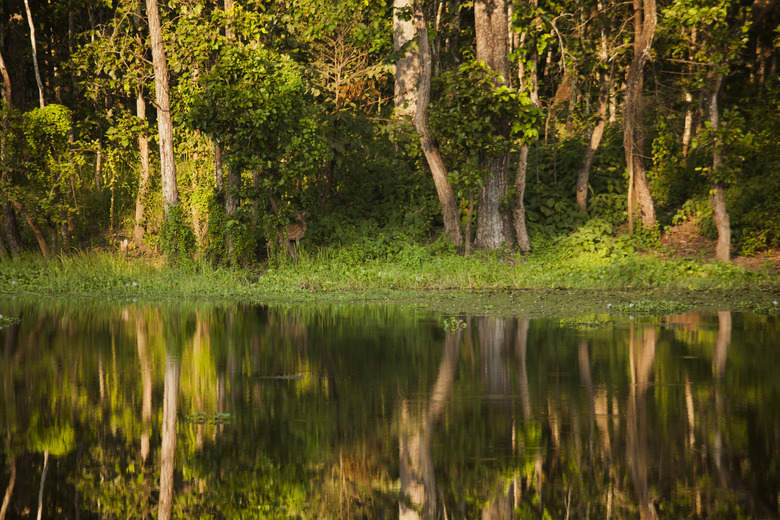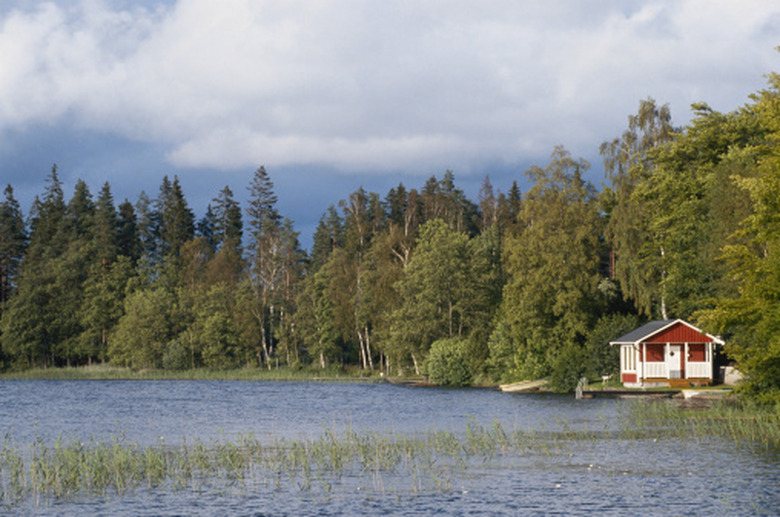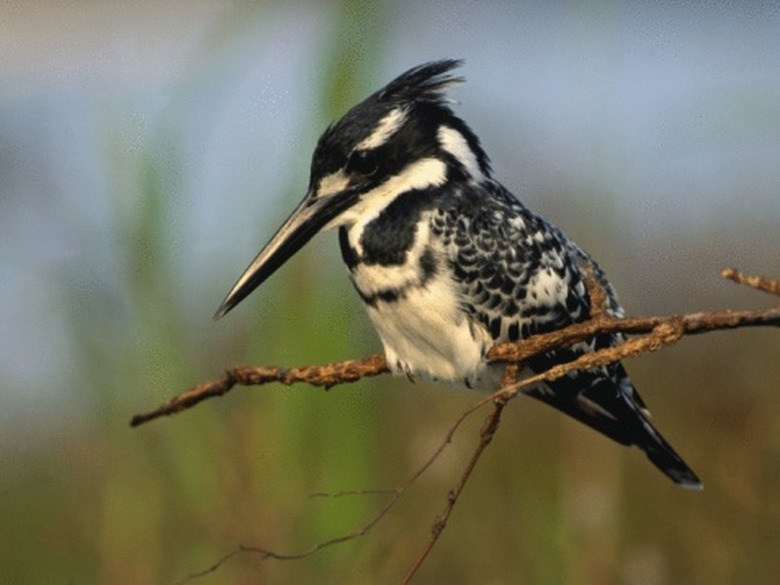How Do The Yellow Perch Fish Spawn?
Lakes and slow-moving rivers from the southern United States to northern Canada are the home to yellow perch. They can be seen gliding slowly beneath the ice of frozen ponds in the winter and swimming in warm, shallow waters during the summer. Their abundance and reputation for a mild, slightly sweet flavor make them a favorite year-round sport fish and an important prey species.
Spawning in Shallow Waters
Spawning in Shallow Waters
In early spring male yellow perch move to shallow spawning areas with vegetation and rocks and wait for females. When they arrive, two or more males swim next to them in anticipation of a release of eggs. The eggs are released in a long, sticky strand wrapped in a gelatinous tube and are fertilized by a simultaneous release of sperm. The egg string floats and sticks onto rocks, roots and vegetation where it is protected from the silty bottom. Females lay as many as 23,000 eggs in several strands. Adults leave the spawning grounds immediately after spawning.
A Changing Diet
A Changing Diet
Perch larvae hatch in 14 to 21 days and feed on a yolk sac for about one week. As they grow, the yolk sac is absorbed into their body and they begin to eat zooplankton. At about one month from hatching, their diet turns to insect larvae, freshwater shrimp and aquatic plants. As adults they eat crayfish, fish eggs and smaller fish. Their adult size ranges from 7 to 15 inches long, and they weigh 1/2 to a maximum of 3 lbs.
Using Plants as Camouflage from Predators
Using Plants as Camouflage from Predators
Yellow perch are generally found in clear water at depths less than 30 feet. They often conceal themselves from predators by living in heavily vegetated areas. They feed along the shore in schools early in the morning and late in the evening and at night they rest along the bottom. They remain active under the ice of frozen ponds and lakes and are a favorite target of ice fishermen.
Poor Swimmers and Easy Prey
Poor Swimmers and Easy Prey
Yellow perch grow slowly and live up to 15 years. Their long lifespan is remarkable considering that they are poor swimmers and are unable to quickly accelerate away from predators. Their lack of swimming ability makes them easy prey for walleye, trout, bass and catfish. Birds, including herons, eagles, kingfishers and diving ducks also feed on yellow perch. Perch often swim in schools as large as 200 fish to protect themselves from predators.
Cite This Article
MLA
, Roger Kelley. "How Do The Yellow Perch Fish Spawn?" sciencing.com, https://www.sciencing.com/do-yellow-perch-fish-spawn-8701942/. 22 November 2019.
APA
, Roger Kelley. (2019, November 22). How Do The Yellow Perch Fish Spawn?. sciencing.com. Retrieved from https://www.sciencing.com/do-yellow-perch-fish-spawn-8701942/
Chicago
, Roger Kelley. How Do The Yellow Perch Fish Spawn? last modified March 24, 2022. https://www.sciencing.com/do-yellow-perch-fish-spawn-8701942/


